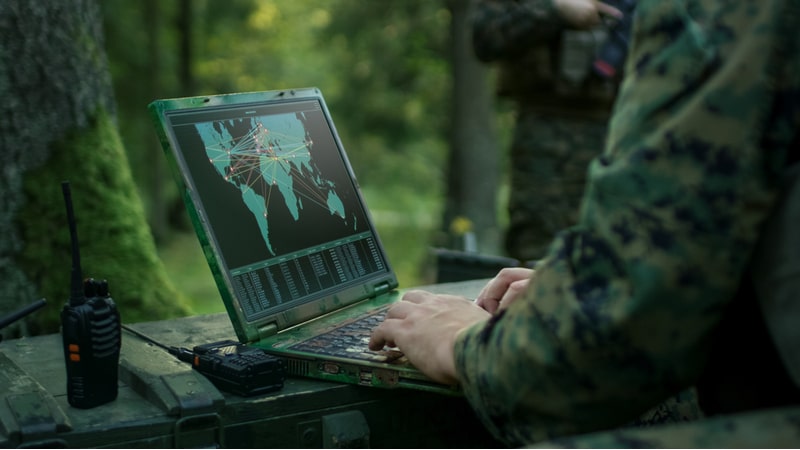
Russia’s unprovoked invasion of Ukraine has taught the U.S. Army several important lessons including the importance and value of secure communication on the battlefield, and the growing threat of drone aircraft, the U.S. Army’s top civilian official said this week.
“We are very much looking every single day in real-time at what’s happening in Ukraine, what we’re seeing with the Russian military, and trying to glean as many lessons learned as we can for what we think that means for the Army in the future,” Army Secretary Christine Wormuth said at a virtual event organized by the Atlantic Council on May 31.
Wormuth explained that long before the Russian invasion, the U.S. Army embarked on a massive modernization effort, including improving its secure communications practices. The conflict, she said, has further validated the Army’s modernization efforts.
One example is the importance of secure communication on the battlefield. Russian troops have reportedly used unencrypted devices, including their personal cell phones. Ukrainian forces have also used simpler and less-secure communication devices to share information, exposing their locations and leaving them vulnerable.
That lack of secure communication, Wormuth said, allows an adversary to target them more easily.
“When soldiers use unencrypted comms, that makes them targetable,” Wormuth said. “And I think we have to think about the importance of secure communications.”
As part of its modernization efforts, the Army is leveraging several networking tools, including radios and waveforms, to reduce an adversary’s ability to locate troops using electromagnetic spectrum.
Wormuth also highlighted that the Army must consider the ubiquity of cell phones among U.S. soldiers. “Certainly, most of our young soldiers have their phones with them everywhere they go [and] we have to think about that,” she said.
Additionally, she explained that Ukrainian and Russian forces have been using drones to locate and attack their opponents, highlighting the growing threat of those weapons.
The U.S. military has had its eyes on the emerging threats that drones pose for years, and the Army has been leading the Defense Department’s counter-drone efforts. In addition, air-and-missile defense is a top modernization priority for the Army, Wormuth noted.
“Drones and other unmanned systems will pose significant challenges for us, again, part of why we’re looking at modernizing our air and missile defense system,” Wormuth said.
